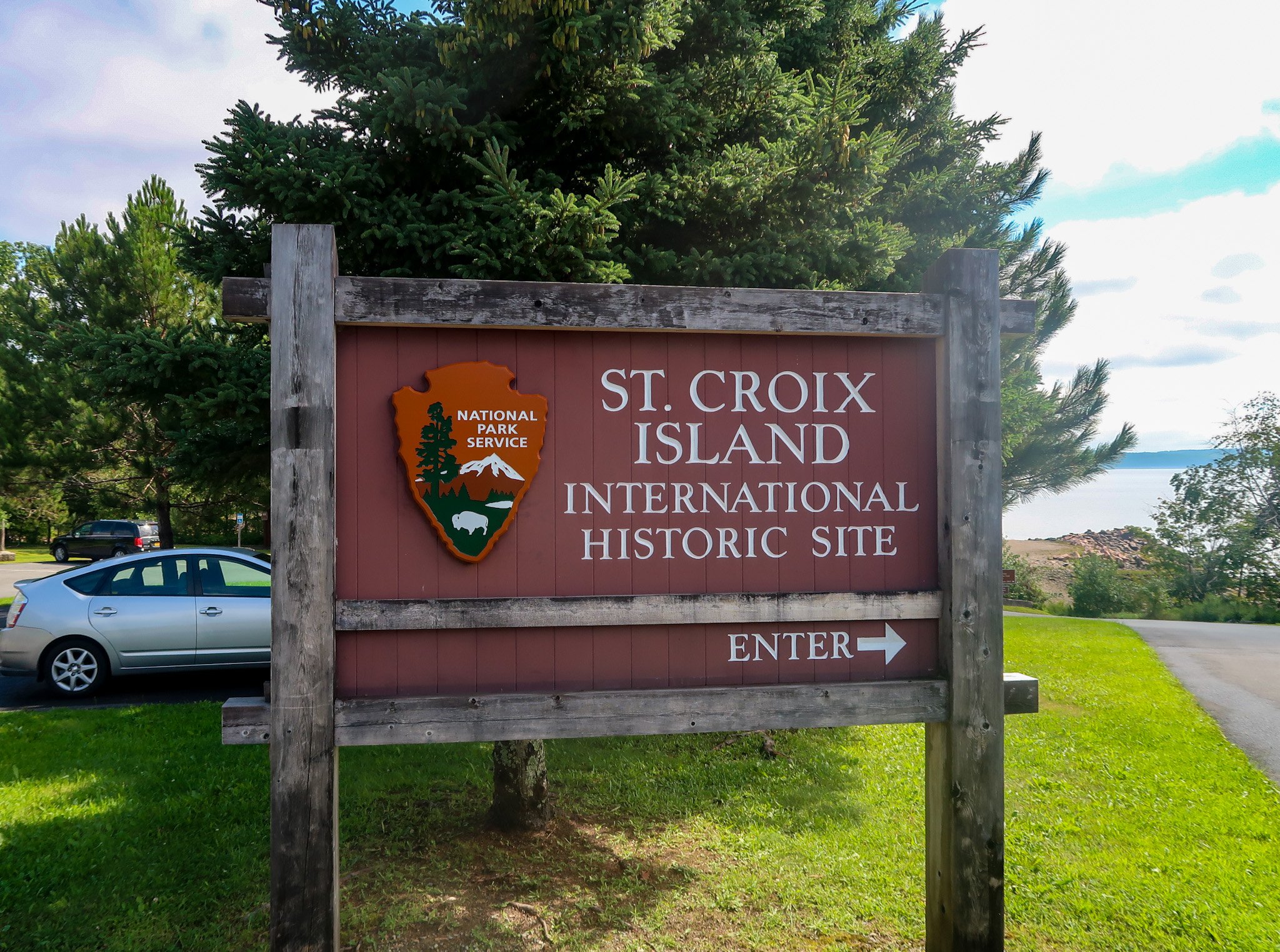Park Types: International Historic Sites
The National Park Service protects, preserves and interprets over 400 official units. While the Service is most famous for the National Parks it preserves, there are also nineteen other designations of parks under its banner. As I get to explore more of them I hope to go more in depth on all of these designations. The first one I will be covering is one of the more unique ones. In fact there is only one park that has this designation. It’s the International Historic Site. International Historic Sites protect places of historical value or importance that belong to the United States and another country. Considering how difficult it is for the United States to create a park on its own let alone with another country, it makes sense that there is only one park under this designation. The only other designation (albeit one that is not recognized as an official one by the National Park Service) that comes close to this is Glacier National Park’s status as an International Peace Park. In that situation, Glacier National Park and Waterton Lakes National Park were both established separately before being combined into the International Peace Park status.
Saint Croix Island International Historic Site has the cool distinction of being the only IHS in the national park system. Saint Croix Island (the American portion at least) is located on the border town of Calais, Maine. It’s an interesting but small coastal town. The only reason you would ever be there though is to see Saint Croix Island International Historic Site. This park preserves the area where the first temporary French colony was established on the North American continent. The island is located in the water separating the United States and Canada. It is currently uninhabited and visitation to the island by canoe or kayak is not recommended (although it isn’t illegal). Instead most of the International Historic Site (the American portion at least) is located on the mainland in direct view of the island. An aging visitor center mainly explains the island and the original settlement’s significance. However, there was an exhibit on some of the area’s local flora and fauna when I visited in 2019. The main highlight of the park, though, is an interpretive trail flanked by fantastic looking statues that leads to the best view of the island in the park. Wayside exhibits continue to give visitors more historical perspective. The nearby Devil’s Head Conservation Head is a great place to visit before leaving the area. The hiking trails here have more elevation, which eventually offer you a great view overlooking the island. There are some wayside exhibits on the Canadian side commemorating the area. However, I have not personally been over to that side to visit.


